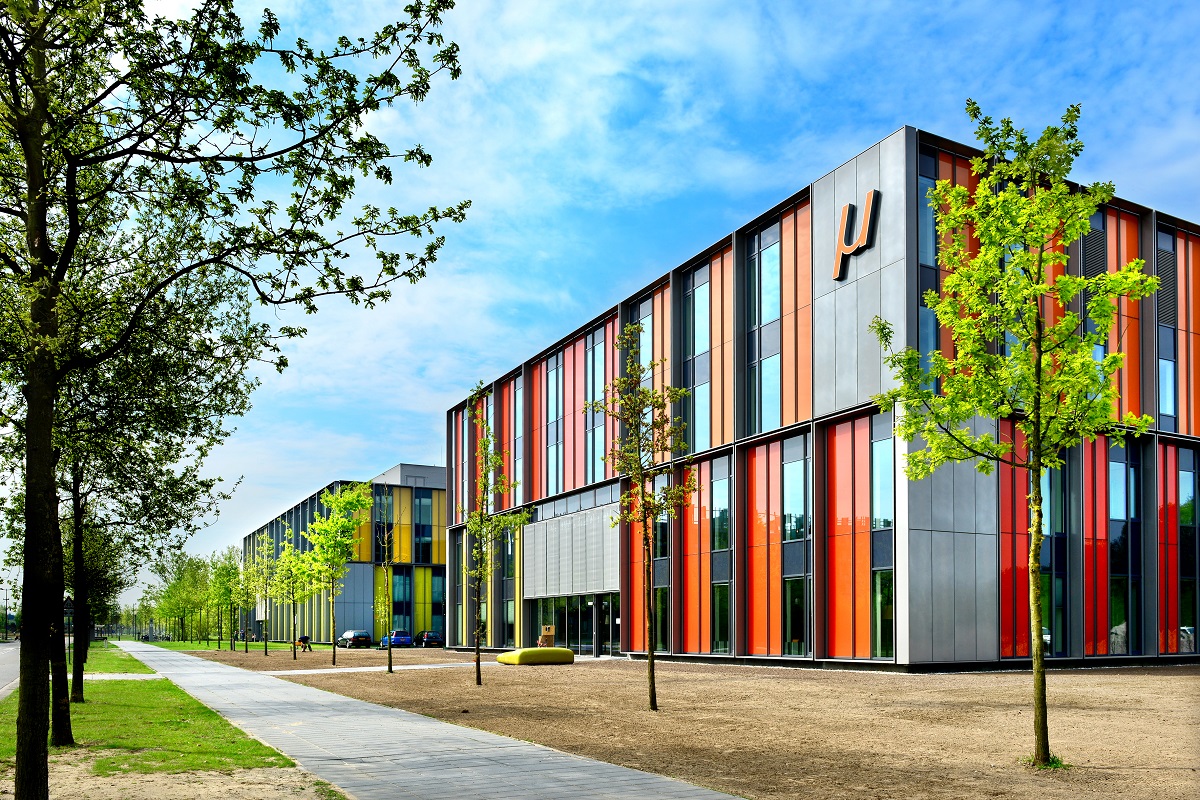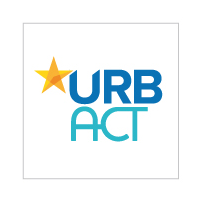Eindhoven from company town to world class innovation hub
Edited on
28 October 2019People in Eindhoven say that their journey to open innovation began with the major restructuring at Philips in the 80s and 90s. Up until then Eindhoven was the quintessential company town with everything from housing estates, to libraries and cultural facilities built by the company.

In the late 80s the Eindhoven economy hit the wall. Its two largest companies, Phillips and DAF, were both in crisis. Phillips employed 98,000 people in the Netherlands, with a large proportion in Eindhoven. From 1980 onwards they went through a major process of restructuring which included spinning out key R&D based companies in Eindhoven and downsizing their operations. These spinouts included FEI (which was formed out of a merger with Philips Electron Optics and a leading American company in electron microscopes), NXP Semiconductors (formerly Philips microconductors) and ASML which had been a joint venture between Philips and Advanced Semiconductor materials to make machinery for semiconductor manufacture. Each of these have become leading independent companies in their fields. Through this period Philips itself downsized dramatically and ended production of many of its lines at Eindhoven.
The city of Eindhoven reacted by working to diversify the regional economy away from dependence on Philips and DAF by creating a triple helix linking the industrial fabric and the city itself, the university and other knowledge centres. It set up a number of intermediate institutions, the most well-known of these are Brainport Development (incorporated in 2006) to further these linkages and to make the city a positive environment for innovation. A second institution they set up was the High Tech Campus as a locational focus for the new industries. The city now has a dense ecosystem of incubators, accelerators and high-tech workspaces aimed at different stages of the business growth cycle.
Eindhoven itself always works within the context of its city-region which includes 21 municipalities and covers most of the functional urban area of the city. The city has benefited from good relations with other levels of government which work together in a mutually supportive way. Other cities within the conurbation have focused on their own specific niches.
The result is that the city is no longer a company town dependent on two major employers (Phillips and DAF) but has a more diversified range of businesses. It outperforms the Netherlands and Europe in terms of innovation and its private sector contribution to R&D is much higher than that from the public sector. As a result new clusters have emerged around metal and machinery, electronics, transport and food. In addition it is like a snowball in which the triple helix approach has succeeded in attracting new technology companies from around the world to locate.
Their approach has been to use open innovation as a collaborative approach between research institutions and industry. In this open innovation approach they have followed Phillips which has taken down its own real-world fences and started to collaborate with an open model since 2003.
Closed versus open innovation
Closed innovation model | Open innovation model |
Discover, develop, ship | Claim your own share of value and leverage research by others |
Be first to market | Develop a better business model |
Create the most ideas | Smart people tap into the world |
Control closed intellectual property | Trade the IP |
Each of the new arms-length organisations that have been developed by the city are controlled in a triple helix governance. The knowledge centres and industry are always around the table making strategic decisions.
In the business centres run by Brainport Development entrepreneurs can rent small offices or business premises.
Twinning Science Park, Eindhoven University of Technology. Twinning is a specially designed incubator that provides housing and services to technology start activities aimed at technologically innovative products, processes or services. Twinning is based at the Science Park of the Technical University of Eindhoven. It is equipped with very high-quality IT services, broadband and high-quality server space.

Catalyst incubator is based in the grounds of the Technical University of Eindhoven. An ultra-modern building with quality facilities where smaller areas are loosely coupled and for rent. Catalyst has offices and laboratories. It focuses on start-up and growing technology companies that are active in the biochemical, biomedical, physical or mechanical engineering sector. The facility was co-financed by the European Regional Development Fund.

ßeta. High-Tech Campus Eindhoven ßeta is a business centre at the High-Tech Campus, which opened in 2007. It is intended for technology companies with approximately 5 to 25 employees, which focus on the development of new products and services. It has a floor area of 6,000m2, consisting of offices, workshops and laboratories. Offices from 25m2 for rent, laboratories from 50m2. There is an extensive range of standard amenities provided. This ranges from central facilities, such as data and telephony, Internet and meeting rooms, to electrical and physical laboratories equipped with deionised water, vacuum, compressed air and an extensive range of ICT facilities.

Mils is a specially developed accelerator with 4,000m2 for small and medium businesses with activities focused on research and development with the focus on life tech and new energy. Mils is located on the High-Tech Campus Eindhoven, consisting of offices and laboratories. Services include central facilities, such as data and telephony, Internet and meeting rooms, to electrical and physical laboratories equipped with deionised water, vacuum, compressed air and an extensive range of ICT facilities.

 Submitted by URBACT on
Submitted by URBACT on




